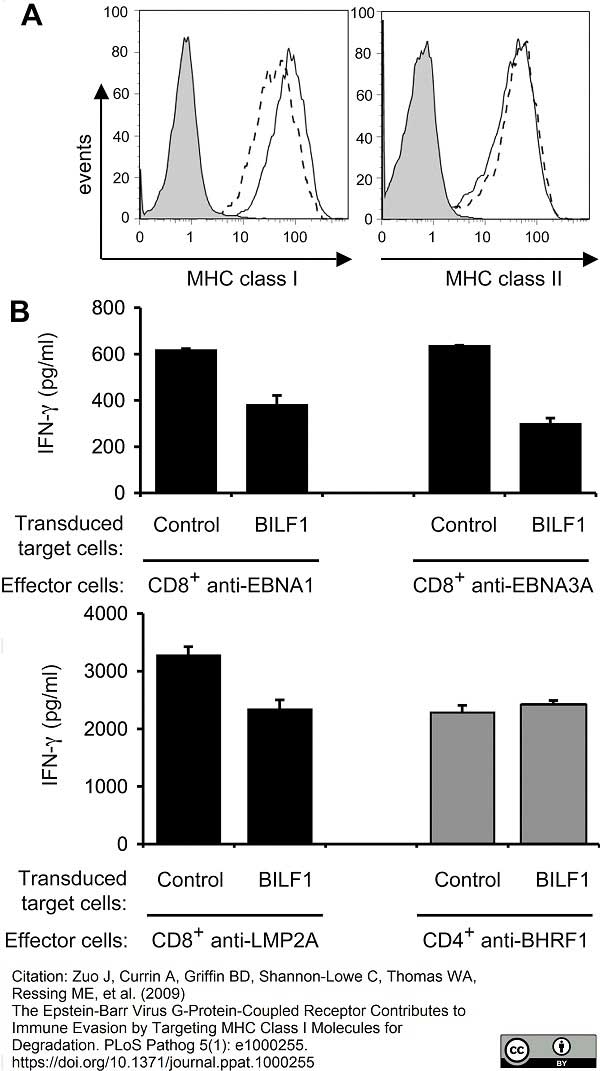HLA DR antibody | YE2/36-HLK



Rat anti Human HLA DR
- Product Type
- Monoclonal Antibody
- Clone
- YE2/36-HLK
- Isotype
- IgG2a
- Specificity
- HLA DR
| Rat anti Human HLA DR antibody, clone YE2/36-HLK recognizes a monomorphic determinant of human HLA DR which is an MHC class II cell surface receptor expressed primarily on antigen presenting cells such as B lymphocytes, monocytes, macrophages and activated T lymphocytes. The major histocompatibility complex (MHC) is a cluster of genes that are important in the immune response to infections. In humans, this complex is referred to as the human leukocyte antigen (HLA) region. There are 3 major MHC class II proteins encoded by the HLA which are HLA DP, HLA DQ and HLA DR. Rat anti Human HLA DR antibody, clone YE2/36-HLK has also been reported to be cross reactive with mouse H-2 haplotypes b, d and q expressed by mouse strains including C57BL/6, DBA, and NZB (Brickell et al. 1981). |
- Target Species
- Human
- Product Form
- Purified IgG - liquid
- Preparation
- Purified IgG prepared by affinity chromatography on Protein G from tissue culture supernatant
- Buffer Solution
- Phosphate buffered saline
- Preservative Stabilisers
0.09% Sodium Azide - Carrier Free
- Yes
- Immunogen
- EHR-B Ramos cells.
- Approx. Protein Concentrations
- IgG concentration 1.0 mg/ml
- Fusion Partners
- Spleen cells from immunised AO rats were fuzed with cells of the rat Y3 Ag1.2.3 myeloma cell line.
- Regulatory
- For research purposes only
- Guarantee
- 12 months from date of despatch
Avoid repeated freezing and thawing as this may denature the antibody. Storage in frost-free freezers is not recommended.
| Application Name | Verified | Min Dilution | Max Dilution |
|---|---|---|---|
| Flow Cytometry | 1/50 | 1/100 | |
| Immunohistology - Frozen | |||
| Immunohistology - Paraffin 1 |
- 1PLP fixation is recommended for optimal results, see Whiteland et al. for details
- Flow Cytometry
- Use 10ul of the suggested working dilution to label 106 cells in 100ul.
Source Reference
-
Brickell, P.M. et al. (1981) A monoclonal antibody to the HLA-DR product recognizes a polymorphic Ia determinant in mice.
Immunology. 43: 493-501.
References for HLA DR antibody
-
Cruchley, A.T. et al. (1987) Dual expression of the cell-surface antigens HLA-DR and CD1 (T6) by Langerhans cells in human buccal mucosa and skin.
Arch Oral Biol. 32: 849-53. -
Thornhill, M.H. et al. (1989) Enhanced adhesion of autologous lymphocytes to gamma-interferon-treated human endothelial cells in vitro.
Br J Exp Pathol. 70: 59-64. -
Whiteland, J.L. et al. (1995) Immunohistochemical detection of T-cell subsets and other leukocytes in paraffin-embedded rat and mouse tissues with monoclonal antibodies.
J Histochem Cytochem. 43 (3): 313-20. -
Becker, D. et al. (1997) Flow-cytometric screening for the modulation of receptor-mediated endocytosis in human dendritic cells: implications for the development of an in vitro technique for predictive testing of contact sensitizers.
J Immunol Methods. 203: 171-80. -
Jonuleit, H. et al. (2000) Induction of interleukin 10-producing, nonproliferating CD4(+) T cells with regulatory properties by repetitive stimulation with allogeneic immature human dendritic cells.
J Exp Med. 192: 1213-22. -
Walter, W. et al. (2001) H2-Mbeta 1 and H2-Mbeta 2 heterodimers equally promote clip removal in I-A(q) molecules from autoimmune-prone DBA/1 mice.
J Biol Chem. 276: 11086-91. -
Shimada, A. et al. (2006) Translocation pathway of the intratracheally instilled ultrafine particles from the lung into the blood circulation in the mouse.
Toxicol Pathol. 34: 949-57. -
Colić, M. et al. (2006) Correlation between phenotypic characteristics of mononuclear cells isolated from human periapical lesions and their in vitro production of Th1 and Th2 cytokines.
Arch Oral Biol. 51: 1120-30.
View The Latest Product References
-
Zuo, J. et al. (2009) The Epstein-Barr virus G-protein-coupled receptor contributes to immune evasion by targeting MHC class I molecules for degradation.
PLoS Pathog. 5(1): e1000255. -
Hietbrink, F. et al. (2011) Intramedullary nailing of the femur and the systemic activation of monocytes and neutrophils
World J Emerg Surg. 6: 34. -
Nguyen Hoang, A.T. et al. (2012) Dendritic cell functional properties in a three-dimensional tissue model of human lung mucosa.
Am J Physiol Lung Cell Mol Physiol. 302 (2): L226-37. -
Klotz, B. et al. (2012) 1,25-Dihydroxyvitamin D3 Treatment Delays Cellular Aging in Human Mesenchymal Stem Cells while Maintaining Their Multipotent Capacity.
PLoS One. 7: e29959. -
Thorne, A. et al. (2015) Tumor necrosis factor-α promotes survival and phenotypic maturation of poly(I:C)-treated dendritic cells but impairs their Th1 and Th17 polarizing capability.
Cytotherapy. 17 (5): 633-46. -
Hietbrink F et al. (2015) The Impact of Intramedullary Nailing of Tibia Fractures on the Innate Immune System.
Shock. 44 (3): 209-14. -
GarikipatiV, N.S. et al. (2018) Isolation and characterization of mesenchymal stem cells from human fetus heart.
PLoS One. 13 (2): e0192244. -
Tripathy, N.K. et al. (2018) Cardiomyogenic Heterogeneity of Clonal Subpopulations of Human Bone Marrow Mesenchymal Stem Cells.
J Stem Cells Regen Med. 14 (1): 27-33.
- RRID
- AB_323671
MCA71R
If you cannot find the batch/lot you are looking for please contact our technical support team for assistance.
Please Note: All Products are "FOR RESEARCH PURPOSES ONLY"
View all Anti-Human ProductsAlways be the first to know.
When we launch new products and resources to help you achieve more in the lab.
Yes, sign me up

